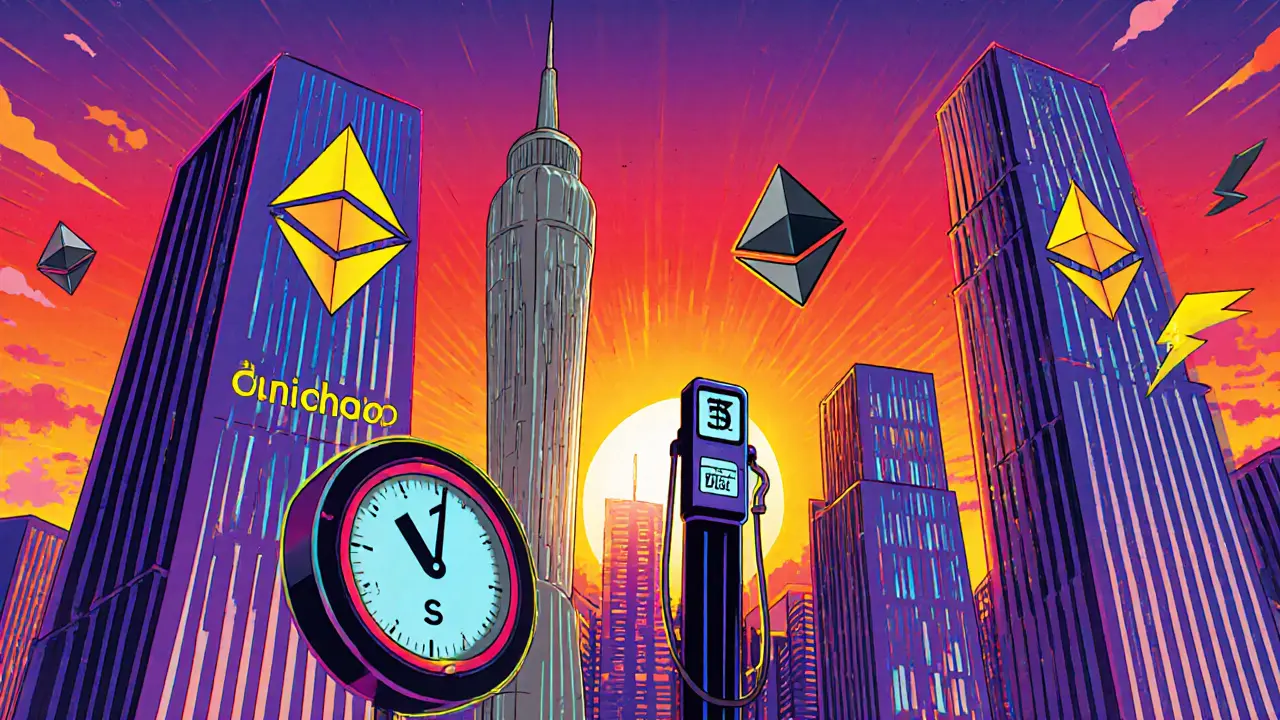Layer 2 Scaling Solutions – Guides, Reviews, and Insights
When working with Layer 2, a set of protocols that sit on top of a base blockchain to speed up transactions and cut fees. Also known as L2 scaling, it lets users enjoy higher throughput while the security of the underlying chain stays intact. A typical way to achieve this is through Rollup, a batching method that compresses many user actions into a single proof submitted to the main chain. Another popular approach is the Sidechain, an independent chain that communicates with the main network via bridges. Both rollups and sidechains rely heavily on Ethereum, the largest smart‑contract platform that many Layer 2 solutions are built for. In short, Layer 2 encompasses these techniques, reduces gas fees, and opens the door for more DeFi activity without overloading the base layer.
Why Layer 2 Matters for DeFi, Airdrops, and Everyday Users
DeFi projects often need cheap, fast swaps, and that’s where Layer 2 shines. By moving most of the work off‑chain, a rollup can settle thousands of trades in seconds, letting traders compare fees across exchanges like StackSwap or Odee without worrying about spikes. Airdrop hunters also benefit: claim processes that once cost a couple of dollars in gas can now be completed for pennies on an optimistic rollup or a zk‑rollup. The lower cost translates into higher participation, which in turn fuels tokenomics for projects such as $SIGMA or BRKL. Moreover, developers building dApps find that Layer 2 provides a smoother user experience, because the latency drops and the UI feels more like a traditional web app.
Security remains a top concern, and that’s why most Layer 2 solutions inherit the trust model of their base chain. For example, an optimistic rollup posts a fraud‑proof window that lets anyone challenge incorrect state updates, while a zk‑rollup uses zero‑knowledge proofs to guarantee correctness instantly. These mechanisms tie back to the core blockchain—usually Ethereum—ensuring that if something goes wrong, the main layer can step in. At the same time, liquidity providers enjoy higher capital efficiency: they can lock assets on a sidechain and earn yields on platforms like xSigma or Retik Finance without the overhead of main‑net gas. The net effect is a more vibrant ecosystem where traders, liquidity miners, and airdrop seekers all get value.
Below you’ll find a curated set of articles that dig deeper into each of these points. From detailed reviews of crypto exchanges that support Layer 2 tokens, to step‑by‑step airdrop guides, to technical breakdowns of rollup security, the collection gives you the practical knowledge you need to make the most of Layer 2 solutions today.
Uniswap v3 (Unichain) Review: Fast Low‑Fee DeFi Exchange
A detailed review of Unichain, the Uniswap v3 Layer 2 solution. Learn about its speed, ultra‑low fees, technical specs, risks, and how to start trading.
